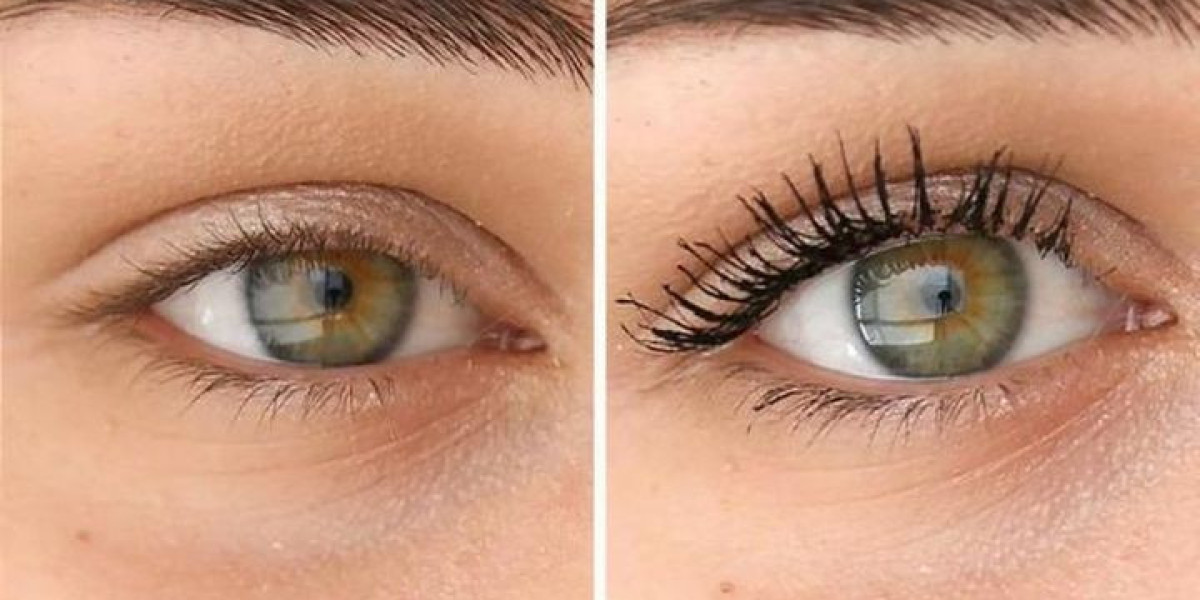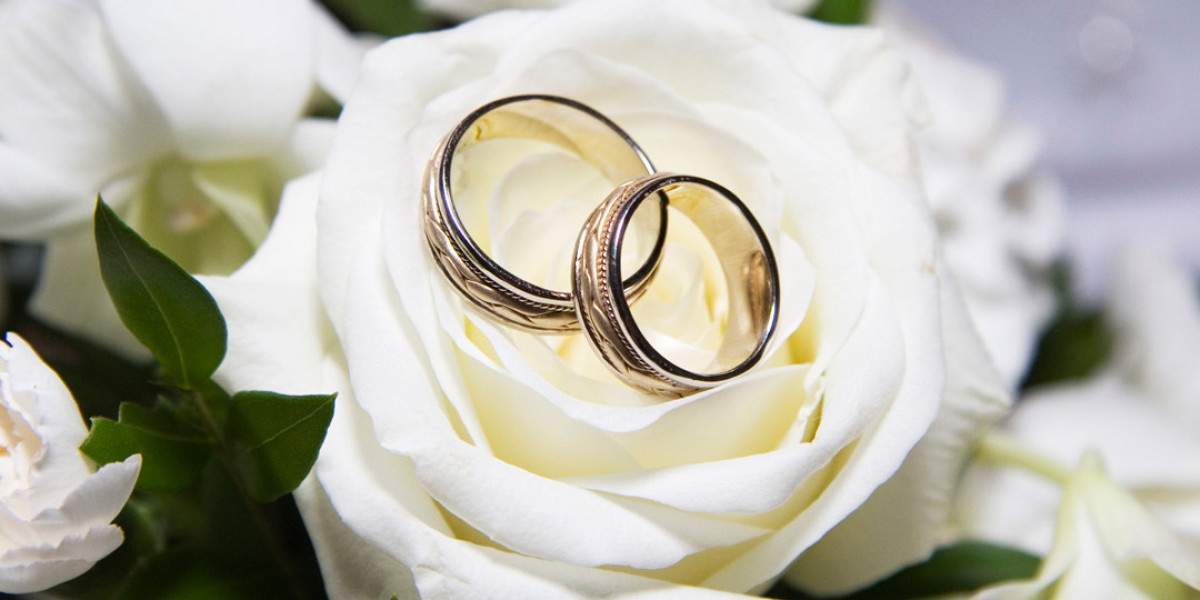Traditional Chinese art is a profound expression of culture, philosophy, and aesthetics that has evolved over thousands of years. Rooted in harmony with nature and guided by deep spiritual beliefs, this art form extends beyond visual beauty—it reflects the wisdom, values, and artistic mastery of ancient China.
From delicate ink paintings to intricate jade carvings, traditional Chinese art encompasses a variety of artistic disciplines. It has influenced countless artists worldwide and continues to be an integral part of China’s rich cultural heritage. This article explores the origins, artistic techniques, and timeless appeal of traditional Chinese art, revealing why it remains a cherished treasure in the modern world.
The Origins of Traditional Chinese Art
The history of traditional Chinese art can be traced back to prehistoric times, with early examples found in pottery, jade carvings, and bronze artifacts. These artworks were not only decorative but also carried symbolic meanings, often used in rituals and ceremonies.
During the Shang and Zhou Dynasties (1600–256 BCE), intricate bronze vessels and jade ornaments became highly valued. These objects showcased sophisticated craftsmanship and were often associated with royal and religious ceremonies. As China progressed, different dynasties contributed unique artistic innovations that shaped traditional Chinese art into the refined form it is known as today.
The Han Dynasty (206 BCE–220 CE) saw the rise of silk paintings, mural art, and ceramic designs, while the Tang Dynasty (618–907 CE) marked a golden age for painting, poetry, and calligraphy. The Song Dynasty (960–1279 CE) further refined landscape painting and introduced new brushwork techniques, emphasizing natural beauty and philosophical depth.
Through centuries of artistic evolution, each dynasty left a lasting imprint on traditional Chinese art, contributing to its diversity and complexity.
The Artistic Forms of Traditional Chinese Art
1. Chinese Ink Painting
One of the most celebrated aspects of traditional Chinese art is ink painting, known for its elegant simplicity and deep emotional expression. Using a brush dipped in black ink, artists create stunning landscapes, floral compositions, and portraits with delicate brushstrokes.
Unlike Western art, which often focuses on realism, Chinese ink painting embraces abstraction and the suggestion of forms. Artists strive to capture the essence of their subjects rather than their exact physical appearance. The interplay of light and dark, empty space, and movement within the brushwork gives these paintings a distinctive character.
2. Calligraphy: The Art of Writing
Calligraphy holds a special place in traditional Chinese art, regarded as a supreme form of artistic expression. More than just writing, Chinese calligraphy conveys the writer’s emotions, personality, and philosophical beliefs. The fluidity of brushstrokes, the balance of characters, and the rhythm of each stroke transform words into visual poetry.
Throughout history, different calligraphic styles have emerged, including seal script, clerical script, and cursive script. Each style reflects the aesthetic preferences and cultural influences of different dynasties. Many scholars and emperors dedicated their lives to perfecting calligraphy, considering it an essential part of their intellectual and artistic pursuits.
3. Porcelain and Ceramic Art
Chinese porcelain is renowned worldwide for its exquisite craftsmanship and intricate designs. The art of porcelain-making flourished during the Tang and Song Dynasties, reaching its peak during the Ming Dynasty (1368–1644 CE).
Ming porcelain, often decorated with blue-and-white patterns, remains highly sought after by collectors and art enthusiasts. These ceramics are not only visually stunning but also symbolize the refinement and innovation of traditional Chinese art.
4. Silk Embroidery
Silk embroidery is another remarkable form of traditional Chinese art, showcasing intricate needlework and vibrant colors. Originating over 2,000 years ago, this art form was highly valued in royal courts and among the aristocracy.
Artists use fine silk threads to create detailed images of landscapes, flowers, animals, and mythical creatures. The embroidery often appears so lifelike that it resembles a painting, reflecting the high level of skill required to master this craft.
5. Jade Carving
Jade has held deep cultural significance in China for thousands of years, symbolizing purity, virtue, and immortality. Skilled artisans carve jade into intricate sculptures, jewelry, and ceremonial objects, each piece carrying symbolic meaning.
During ancient times, jade was used in burial rituals and as a status symbol among the elite. Today, jade carvings continue to be treasured as works of art, embodying the rich traditions of traditional Chinese art.
The Philosophical and Cultural Influence on Traditional Chinese Art
One of the most distinctive aspects of traditional Chinese art is its connection to philosophy, particularly Confucianism, Daoism, and Buddhism. These belief systems have profoundly influenced artistic styles, themes, and symbolism.
Confucianism and Art: Emphasizing order, harmony, and moral values, Confucian ideals are often reflected in Chinese paintings and calligraphy. Scholars and artists sought to achieve balance and refinement in their works, mirroring Confucian teachings.
Daoism and Nature: Daoism, with its emphasis on living in harmony with nature, greatly influenced Chinese landscape painting. Many masterpieces depict mountains, rivers, and misty forests, capturing the essence of the natural world rather than focusing on human figures.
Buddhist Influence: Buddhism introduced new artistic elements, such as religious sculptures, temple murals, and symbolic imagery. Buddhist art played a significant role in shaping temple architecture and decorative motifs.
These philosophies shaped not only the artistic techniques but also the spiritual depth of traditional Chinese art, making each piece a reflection of deeper cultural values.
Traditional Chinese Art in the Modern World
While rooted in ancient traditions, traditional Chinese art continues to thrive in contemporary society. Artists blend traditional techniques with modern influences, creating innovative works that bridge the past and present.
Influence on Fashion: Traditional Chinese motifs, such as dragon patterns, floral designs, and calligraphic elements, often appear in modern clothing and accessories.
Home Décor and Interior Design: Many homes and businesses incorporate traditional Chinese paintings, porcelain vases, and calligraphic scrolls to add a touch of elegance and cultural richness.
Digital and Multimedia Art: With technological advancements, digital artists experiment with traditional Chinese themes, using software and virtual tools to create stunning new interpretations of classical art forms.
Despite the changing times, the essence of traditional Chinese art remains intact. It continues to inspire artists and collectors worldwide, preserving its legacy for future generations.
Final Thoughts
Traditional Chinese art is more than a collection of beautiful works—it is a living representation of China’s history, culture, and philosophical depth. From ink paintings and calligraphy to jade carvings and silk embroidery, each art form carries centuries of artistic refinement and cultural symbolism.
As the world evolves, this art continues to inspire new generations, proving that tradition and creativity can coexist. Whether displayed in museums, practiced by artists, or admired in daily life, traditional Chinese art remains an enduring treasure, celebrating the beauty and wisdom of one of the world’s oldest civilizations.








